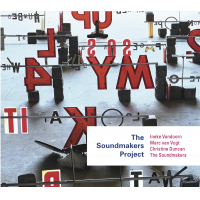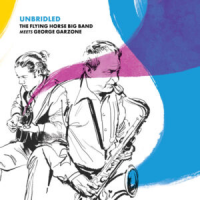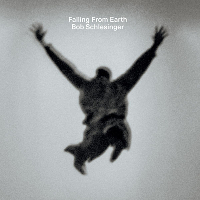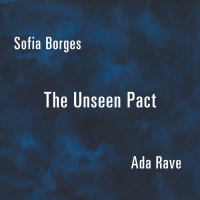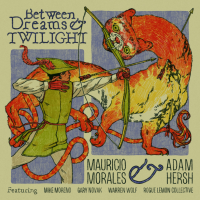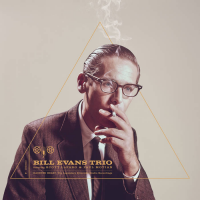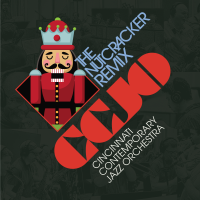Home » Jazz Articles » Album Review » Marylin Crispell: Vignettes
Marylin Crispell: Vignettes
Drawing more on the tone-conscious, rubato balladeering of the Bleyian school rather than the cantankerous approach of Cecil Taylor—an early influence and supporter—Crispell blends to her modernist factory a classical music informed eloquence and patina that is all her own. Mixing melodic free-ballads and spatial improvisations with all-over, gestural pieces, she maintains a high level of creativity in her playing throughout the sixty-minute plus session.
Tthe session is tainted by only two interrelated, minor imperfections. The first is the somewhat excessive duration of the recording; the second is the feeling of sameness between some of the program's pieces. Although minimized in the overall scheme by Eicher's superior sequencing skills, "Ballade" and "Valse Triste" do sound very similar. More, "Time Past," "Once" and "Cuida Tu Espiritu," are all played with the same technique. While not at all displeasing, it's a good assumption that there were no edits, in order to preserve the performance's integrity.
"Vignette I," the opening track, greets to an enchanting sonic universe. Imagine silver- powdered particles softly blown from an open hand against a pitch-dark background. Some particles loosely amalgamate and rub against each other to create coruscating clusters and hazy nebulas, and others are isolated by the pianist's lithe touch and sustain against widely distanced bass notes. Plucking away shrilling, high-register voicings, then letting them reverberate into nothingness; searching for that perfect-for-the- moment musical gesture, Crispell proceeds introspectively in (re)creating infinity in a few momentous phrases. Too few recordings nowadays touch on the uttermost horizons.
"Vignette III," "Vignette VI" and "Axis," with their aleatory, more expressionist maneuvering around the keyboard, give the session its terser and denser constructions. Interestingly, while her early classical music upbringing is indeed palpable, Crispell's playing remains devoid of mannerisms and most importantly, of a too frequently heard improvisational meaninglessness. That said, it is in pieces where a clearer sense of melody and tonality—though as tenuous as it may be—and where musical propositions are puzzled together rather than in a stream-of-consciousness manner, that Crispell finds complete expression of her full-sounding piano playing. But, of course, the balance of the two conversely different approaches makes it more appealing.
The jazz community should applaud the fact that quality sounding recordings such as Vignettes are still given wide distribution.
Track Listing
Vignette I; Valse Triste; Cuida Tu Espiritu; Gathering Light; Vignette II; Vignette III; Vignette IV; Vignette V; Sweden; Once; Axis; Vignette VI; Vignette VII; Ballade; Time Past; Stilleweg; Little Song for My Father.
Personnel
Marilyn Crispell
pianoMarilyn Crispell: piano.
Album information
Title: Vignettes | Year Released: 2008 | Record Label: ECM Records
Tags
PREVIOUS / NEXT
Marilyn Crispell Concerts
Support All About Jazz
 All About Jazz has been a pillar of jazz since 1995, championing it as an art form and, more importantly, supporting the musicians who make it. Our enduring commitment has made "AAJ" one of the most culturally important websites of its kind, read by hundreds of thousands of fans, musicians and industry figures every month.
All About Jazz has been a pillar of jazz since 1995, championing it as an art form and, more importantly, supporting the musicians who make it. Our enduring commitment has made "AAJ" one of the most culturally important websites of its kind, read by hundreds of thousands of fans, musicians and industry figures every month.











